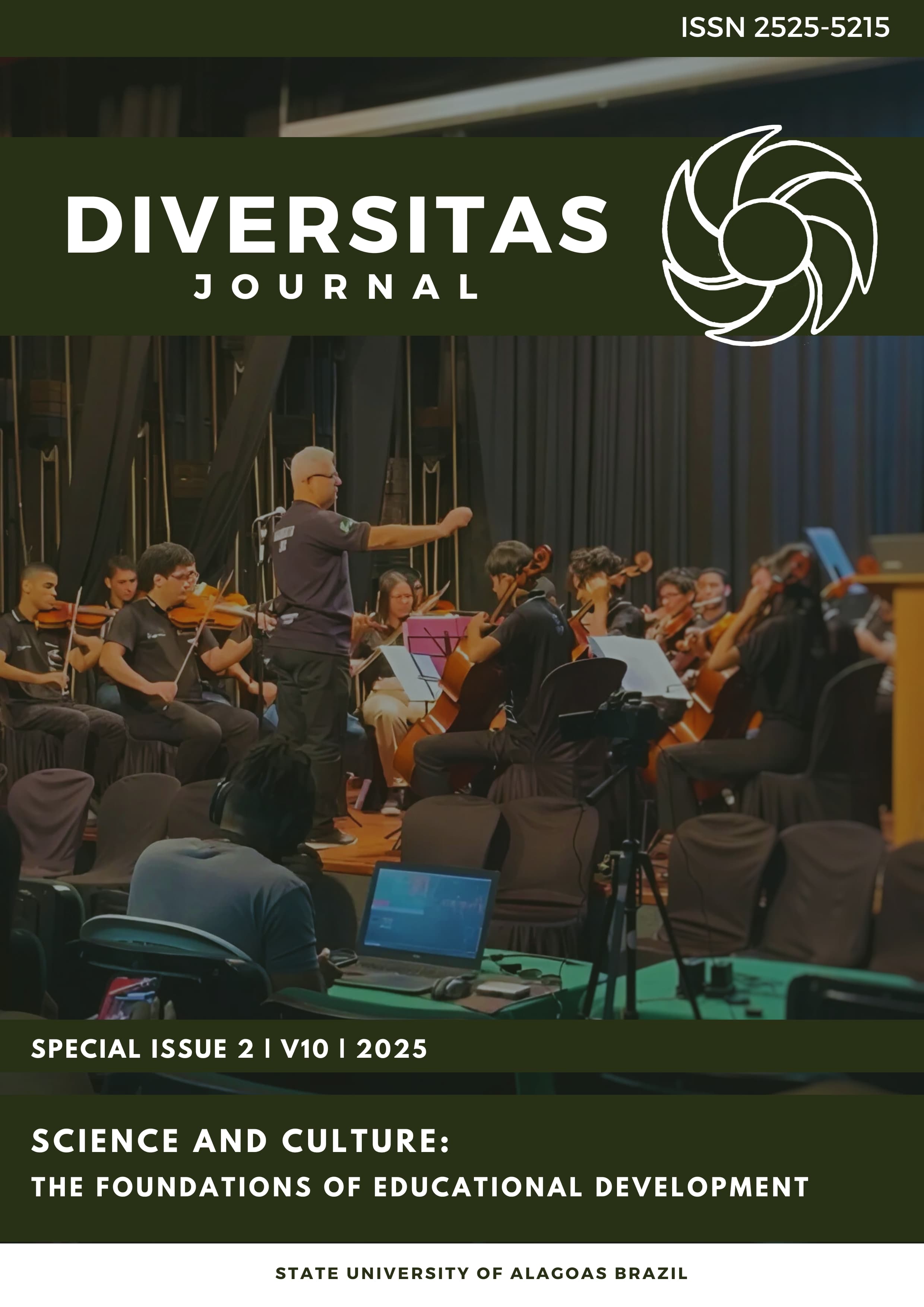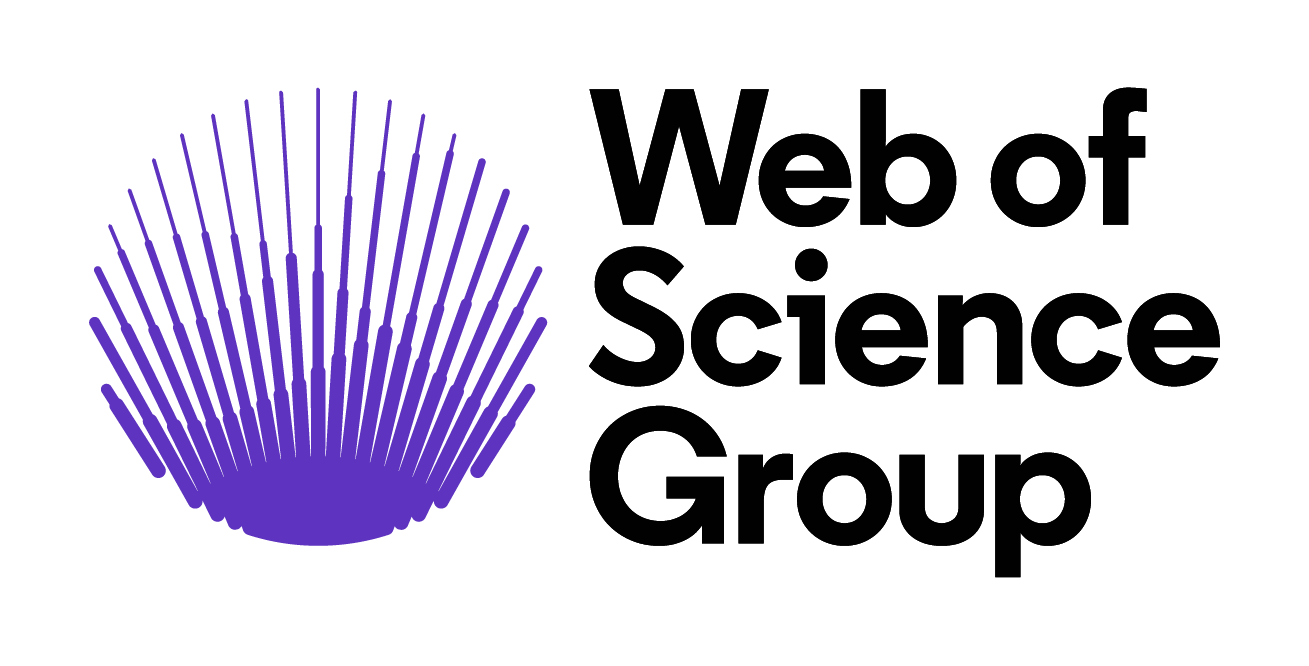Mudanças no perfil das mulheres nos canaviais brasileiros mecanizados: mais escolarizadas e menos remuneradas
DOI:
https://doi.org/10.48017/dj.v10iEspecial_2.3289Palavras-chave:
Trabalho feminino, Setor canavieiro, Mecanização agrícolaResumo
A cultura da cana-de-açúcar é historicamente presente na economia nacional, com o Brasil sendo um dos maiores produtores mundiais. As mulheres continuam a atuar no setor canavieiro, tradicionalmente masculino. Desde 2007, a mecanização agrícola nos canaviais brasileiros substituiu significativamente o trabalho manual por máquinas. Este estudo investiga o perfil das trabalhadoras, tanto nas atividades manuais quanto mecanizadas, utilizando dados da Relação Anual de Informações Sociais (RAIS) de 2008 a 2021. A pesquisa analisou a composição do mercado de trabalho, faixa salarial, faixa etária e escolaridade, com foco em dois grupos: trabalhadoras manuais e operadoras de máquinas. Os resultados mostram a eliminação de postos de trabalho manuais para mulheres, envelhecimento da força de trabalho geral e rejuvenescimento das operadoras na região Norte-Nordeste. Embora haja aumento na escolaridade e salários das operadoras de máquinas, persistem desigualdades estruturais de gênero, acentuadas pelas disparidades regionais. O estudo busca ampliar a visibilidade das mulheres no setor e compreender as mudanças estruturais decorrentes da mecanização.
Métricas
Referências
Baccarin, J. G. (2019). Expansão e mudanças tecnológicas no agronegócio canavieiro: impactos na estrutura fundiária e na ocupação agropecuária no estado de São Paulo. Editora Unesp.
Barreto, M. J., & Thomaz, A. Jr. (2020). A trajetória do agrohidronegócio canavieiro no Brasil no contexto da reestruturação produtiva do capital. PEGADA - A Revista da Geografia do Trabalho, 21 (1), 139–168. https://doi.org/10.33026/peg.v21i1.7220
Cardoso, V. de S., & Shimada, S. de O. (2021). Bota, Facão, Camisola de Dormir: Capital, Gênero e Trabalho no Espaço Canavieiro de Sergipe, Brasil. Pegada - A Revista Da Geografia Do Trabalho, 22(2), 85–99. https://doi.org/10.33026/peg.v22i2.8550
Food and Agriculture Organization of the United Nations. (2023). FAOSTAT: cana-de-açúcar plantada. Recuperado de https://www.fao.org/faostat/es/#data/QCL
Gilio, L., Castro, N. R., Rodrigues, L., & Bacchi, M. R. P. (2019). Mercado de trabalho formal e rendimentos da agroindústria sucroenergética de 2000 a 2016. Economia Aplicada, 23 (4), 93-112. https://doi.org/10.11606/1980-5330/ea151478
Herrera, K. M. (2019). Rompendo dicotomias: o cotidiano do trabalho das mulheres rurais. Raízes: Revista De Ciências Sociais E Econômicas, 39(1), 63–79. https://doi.org/10.37370/raizes.2019.v39.82
Lima, J. R. T. (2021). Mais mecanizada, mais escolarizada e mais bem remunerada: a nova realidade dos canaviais brasileiros com a incorporação de tecnologias mecânicas. Debates em Educação, 13 (31), 1154–1180.
Lima, J. R. T., & Carvalho, C. P. (2023). Mecanização da produção canavieira e suas alterações para o mercado de trabalho no período de 2008 a 2018. PEGADA - A Revista da Geografia do Trabalho, 24 (1), 195-228. https://doi.org/10.33026/peg.v24i1.9205
Marques, M. A. F. (2018). Políticas educacionais nos governos Lula e Dilma: Impactos na expansão do ensino superior e profissional. ID on line. Revista de Psicologia, 12 (41), 661-676. https://doi.org/10.14295/idonline.v12i41.1249
Ministério do Trabalho e Emprego. (2023). Relatório anual de informações sociais. Brasília. Recuperado de https://bi.mte.gov.br/bgcaged/
Nogueira, C. M., & Passos, R. G. (2020). A divisão sociossexual e racial do trabalho no cenário da epidemia do COVID-19: considerações a partir de Heleieth Saffioti. Caderno CRH, 33, 1-9. https://doi.org/10.9771/ccrh.v33i0.36118
Oliveira, S. R. de ., & Piccinini, V. C. (2011). Mercado de trabalho: múltiplos (des)entendimentos. Revista De Administração Pública, 45 (5), 1517–1538. https://doi.org/10.1590/S0034-76122011000500012
Santos, C. dos. (2013). De pai para filho: um estudo sobre a formação e produção antroponômica do trabalhador canavieiro alagoano. Dissertação de mestrado em Sociologia, Universidade Federal de São Carlos.
União da Indústria de Cana-de-Açúcar e Bioenergia. (2023). Fotografia do setor sucroenergético no Brasil e os benefícios econômicos, ambientais e sociais gerados. Recuperado de https://unicadata.com.br/download_media.php?idM=40519592
Downloads
Publicado
Como Citar
Edição
Seção
Licença
Copyright (c) 2025 Suellen Silva

Este trabalho está licenciado sob uma licença Creative Commons Attribution 4.0 International License.
O periodico Diversitas Journal expressa que os artigos são de unica responsabilidade dos Autores, conhecedores da legislação Brasileira e internacional. Os artigos são revisados pelos pares e devem ter o cuidado de avisar da possível incidencia de plagiarismo. Contudo o plagio é uma ação incontestavel dos autores. A Diversitas Journal não publicará artigos com indicios de Plagiarismos. Artigos com plagios serão tratados em conformidade com os procedimentos de plagiarismo COPE.
A violação dos direitos autorais constitui crime, previsto no artigo 184, do Código Penal Brasileiro:
“Art. 184 Violar direitos de autor e os que lhe são conexos: Pena – detenção, de 3 (três) meses a 1 (um) ano, ou multa. § 1o Se a violação consistir em reprodução total ou parcial, com intuito de lucro direto ou indireto, por qualquer meio ou processo, de obra intelectual, interpretação, execução ou fonograma, sem autorização expressa do autor, do artista intérprete ou executante, do produtor, conforme o caso, ou de quem os represente: Pena – reclusão, de 2 (dois) a 4 (quatro) anos, e multa.”


















